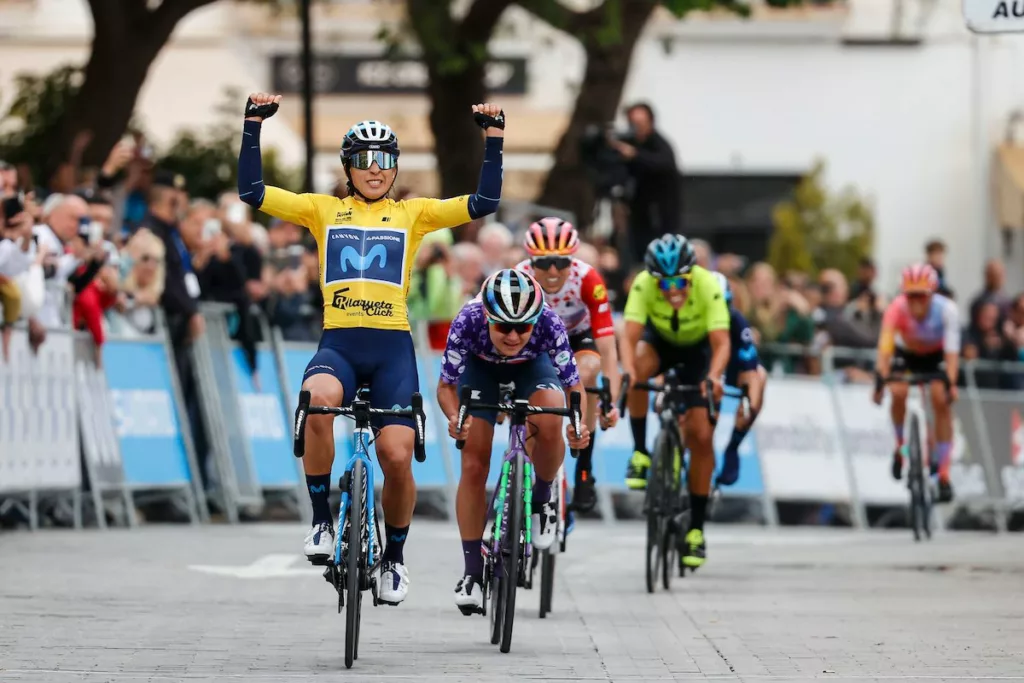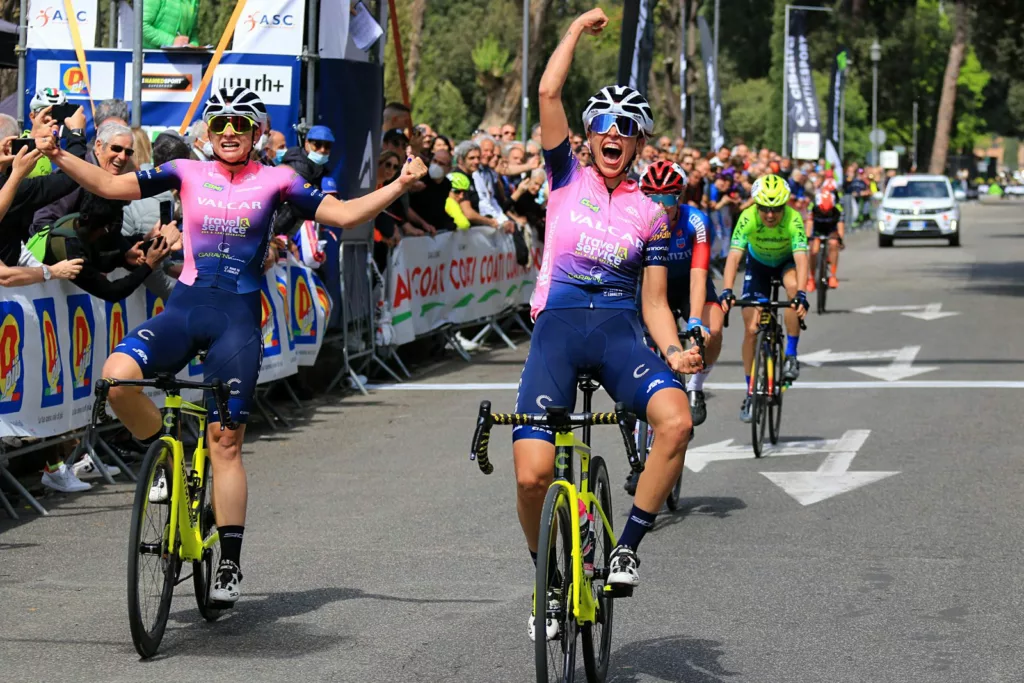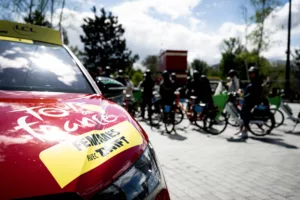The route for the 69th edition of the Ruta del Sol Cycling Tour of Andalusia will take place from February 15 to 19, 2023. The 2023 edition of the Ruta del Sol Vuelta Ciclista a Andalucía already has a route mapped. The race, which will take place between February 15-19 2023, will have five stages that will cover the provinces of Jaén, Granada, Córdoba, Seville, Cádiz and Málaga.
The Andalusian race will begin on Wednesday, February 15, in the Jaén town of Puente de Génave, right at the gate of the Sierra de Segura Natural Park. Puente de Génave is a smaller town with 2,100 inhabitants who will be the start of this edition, featuring the best of the international cycling peloton. It will be a tough day to start the race. It’s the second longest, at 179 kilometres, a cumulative elevation of 5162 meters at an average percentage of 3% and a maximum of 26%. Potentially quite a challenging stage for the riders.
Two 3rd category climbs will be ascended, Collado de los Yesos and Onsares, before facing the triplet of ascents to the 1st category passes of Navalperal, Garganta de Hornos and Despiernacaballos. The latter just 8 kilometres from the finish line, located in the town of Santiago de la Espada. It will see the winner of the stage put on the first leader’s jersey of the Ruta del Sol this year on a very demanding day and undoubtedly open to a tough battle.
The next day, Thursday February 16, the town of Diezma in the Granada region of Guadix will be the beautiful starting point for the second stage of this race. A somewhat less hard day in this tour, but with the always demanding end on the Fortaleza de la Mota in the Jaen town of Alcalá la Real. There are 156 kilometres that the stage through winding roads, conducive to a long breakaway in which they will try to surprise the peloton before tackling the pavé and the tough finish. Two second-category climbs are included, Los Rosales and Puerto de la Hoya de Charilla, and one third-category, Zegri. It will be the ascent, after passing through the town of Alcalá la Real, to the Fortaleza de la Mota that decides the winner of the stage. An arrival for specialists in steep finsihes with the addition of the traditional cobbles of the spectacular Fortress.
The third stage of the Vuelta a Andalucía 2023, on February 17, will leave the Seville town of Alcalá de Guadaira. A transition stage in the middle of the Vuelta, with a 161 kilometre route, flat at the beginning, it then has two third-category mountain climbs, Medina Sidonia and Alcalá de los Gazules itself. A spectacular arrival at the top of the town in Cádiz, which was already the scene of two triumphs for Tim Wellens (BEL) in the 2017 and 2020 editions, so it is presumed to be a day for specialists in short and explosive climbs.
The fourth stage will begin in the Cadiz town of Olvera, in the Sierra de Cádiz. A town that was already part of the Andalusian tour in 2005 and that will see the efforts of the route leave again on February 18 on the way to Iznájar in Córdoba. A stage that will cover up to four provinces of Andalusia. The arrival in the town of Iznájar is already a tradition, however a renewed finish is on the hill, perfect for runners with high final power that could make some differences in the general classification. The Algámitas, Cerro de San Cristóbal and Fuentes de Cesna are third-category climbs as well as Jaramillo which is a second-category climb. They will mark a day of tight control by the teams that have runners with a good finish on hard and short ramps. Iznájar has been a stage finish town twice recently, the first stage of the last edition in which the young Belgian Rune Herregodts (BEL) was placed as the leader and in 2020 in which the Spanish Gonzalo Serrano won in a sprint whilst riding for Caja Rural Seguros RGA.
The final stage of the Vuelta Andalusia this year will be between the Granada town of Otura and the Malaga town of Alhaurín de la Torre. A tough day of 184 kilometres, the longest stage of this edition, which will serve as the final battle with the previously unused ascent to Puerto del Sol, a first-category climb of 17 kilometres. The hard ramps, and hairpin turns are conducive to breaking the main group, control and raise a battle between the leaders of the race that will dispute the final victory at the arrival of Alhaurín de la Torre. The peloton will also ascend the Cerrajón, Navazo and Los Núñez are third-category climbs, located in the town of Almogía.






